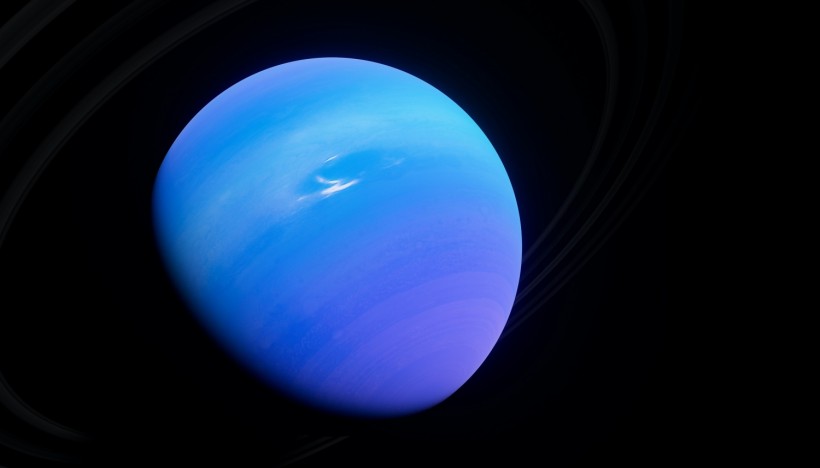After almost two decades, scientists have validated the existence of infrared auroras in Uranus's northern regions. This finding offers insight into the enigmatic Uranian auroras and the planet's unusual heat levels, despite its distance from the Sun.

Infrared Auroras on Uranus Captured For the First Time: New Discovery Offers Clue to the Planet's Puzzling Heat
Confirming the Presence of Auroras on Uranus
Astrophysicist Emma Thomas of the University of Leicester notes in a news release that gas giant planets, including Uranus, exhibit temperatures significantly higher than solar warming models predict. This enigma has prompted one theory suggesting that energetic auroras play a role in this phenomenon by generating heat and directing it toward the magnetic equator.
Although ultraviolet auroras on Uranus have been known since 1986, researchers have long suspected the presence of infrared auroras, similar to those observed on Jupiter and Saturn. However, the search for evidence of these auroras began in 1992 and remained inconclusive.
To address this, Thomas and her team decided to reexamine data from the NIRSPEC instrument at the Keck Observatory, which collected observations of Uranus in 2006.
Their investigation focused on ionized triatomic hydrogen (H3+), whose glow varies with temperature. While they detected H3+ in their data, its density increased without altering the planet's atmospheric temperature, consistent with the ionization in the upper atmosphere expected with an infrared aurora. Thus, they concluded that they had discovered the presence of infrared auroras in Uranus's atmosphere.
Gas giant planets, like Uranus, exhibit temperatures hundreds of degrees Kelvin/Celsius higher than expected when solely influenced by solar heat. One theory suggests that energetic auroras could be responsible for this phenomenon, generating heat and channeling it from the auroras to the magnetic equator.
Additionally, the aurorae may hold the key to understanding why Uranus and Neptune have such significant misalignments between their magnetic fields and rotational axes, with Uranus displaying a 59-degree misalignment. The connection between auroras and a planet's magnetic field structure could provide insights into the origin of this misalignment.
The findings of the study, titled "Detection of the infrared aurora at Uranus with Keck-NIRSPEC," have been published and discussed in full in the journal Nature Astronomy.
Auroras in Other Planets of the Solar System
Auroras, often generated when energetic particles are accelerated along magnetic field lines and interact with a planet's atmosphere, are not unique to Earth and can vary in appearance on different celestial bodies.
For instance, Jupiter and Mars boast powerful, permanent auroras visible in ultraviolet light, while Venus's auroras resemble Earth's green auroras. On the other hand, Mercury, devoid of an atmosphere, exhibits auroras in the form of X-ray fluorescence from surface minerals.
Comprehending Uranus's auroras, linked to both its atmosphere and magnetic field, can help elucidate the mysteries surrounding the planet, including its peculiarly tilted and asymmetrical magnetic field.
Furthermore, the study of auroras on ice giants such as Uranus and Neptune holds the potential to offer insights into the atmospheres and magnetospheres of exoplanets. This groundbreaking discovery marks the initiation of a new era in auroral research on Uranus, further enhancing our understanding of planetary magnetic fields within our Solar System, exoplanets, and Earth.
RELATED ARTICLE: Did UAE's Hope Mars Orbiter Just See Aurora Lights on Red Planet?
Check out more news and information on Space in Science Times.














